How to clean your hiking stove: remove stubborn stains and keep your stove in optimum condition
How to clean your hiking stove: a dirty stove not only looks bad but also won’t cook as effectively, here are our tips to ensure top performance
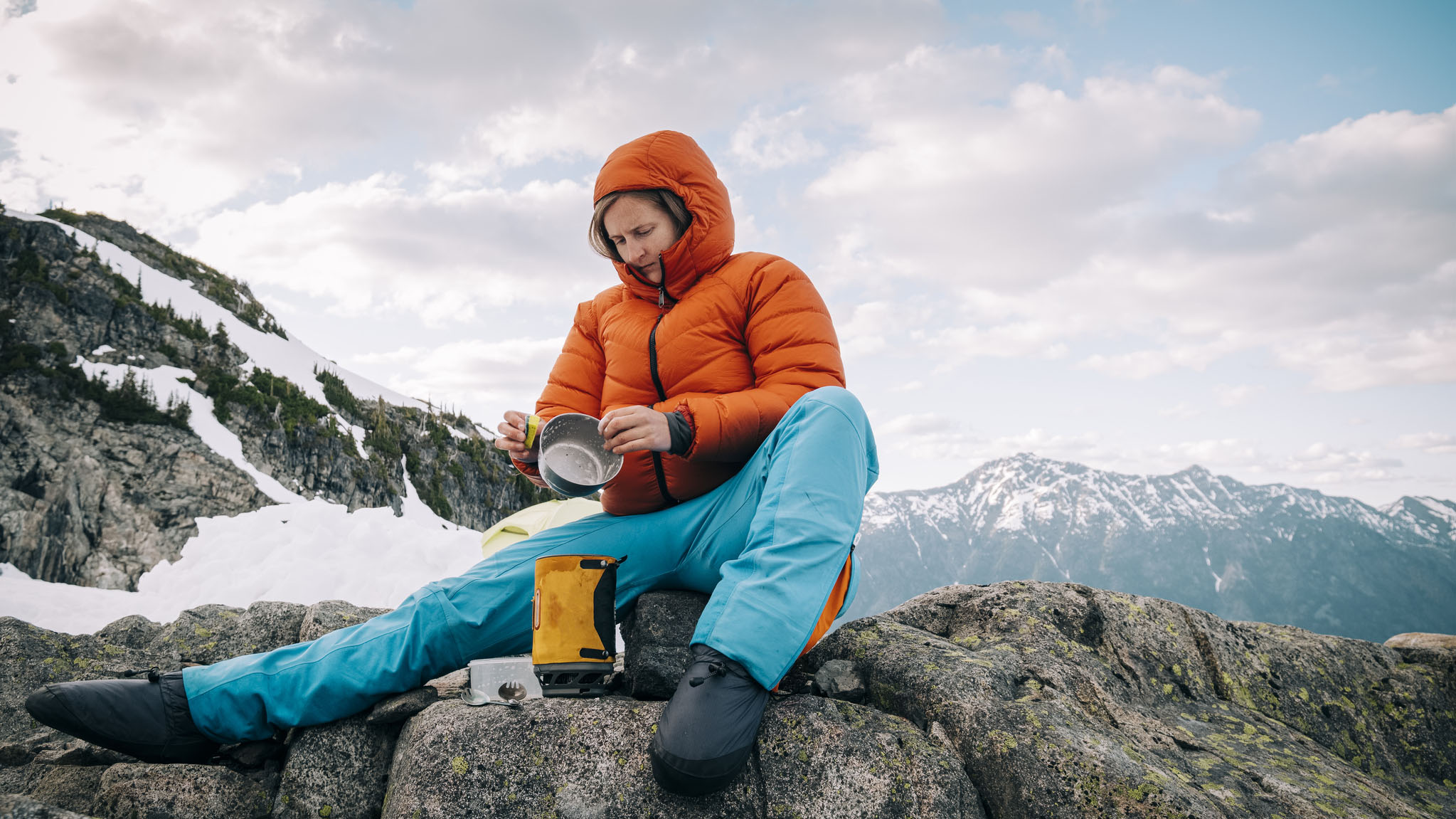
There are many reasons why knowing how to clean your hiking stove is important. For a start, food and grime don’t go together. At best, it’s unappetising to cook with dirty equipment and, at worst, it’s potentially harmful to your health. Secondly, a clean stove will perform better, giving you good-as-new fuel efficiency, burner control and consistent flames.
Finally, unless you keep your stove away from water and oxygen – which obviously isn’t going to happen – it will rust. However, regular cleaning will ensure that rust is kept at bay and your stove can live a long and happy life, helping you cook countless campsite feasts.
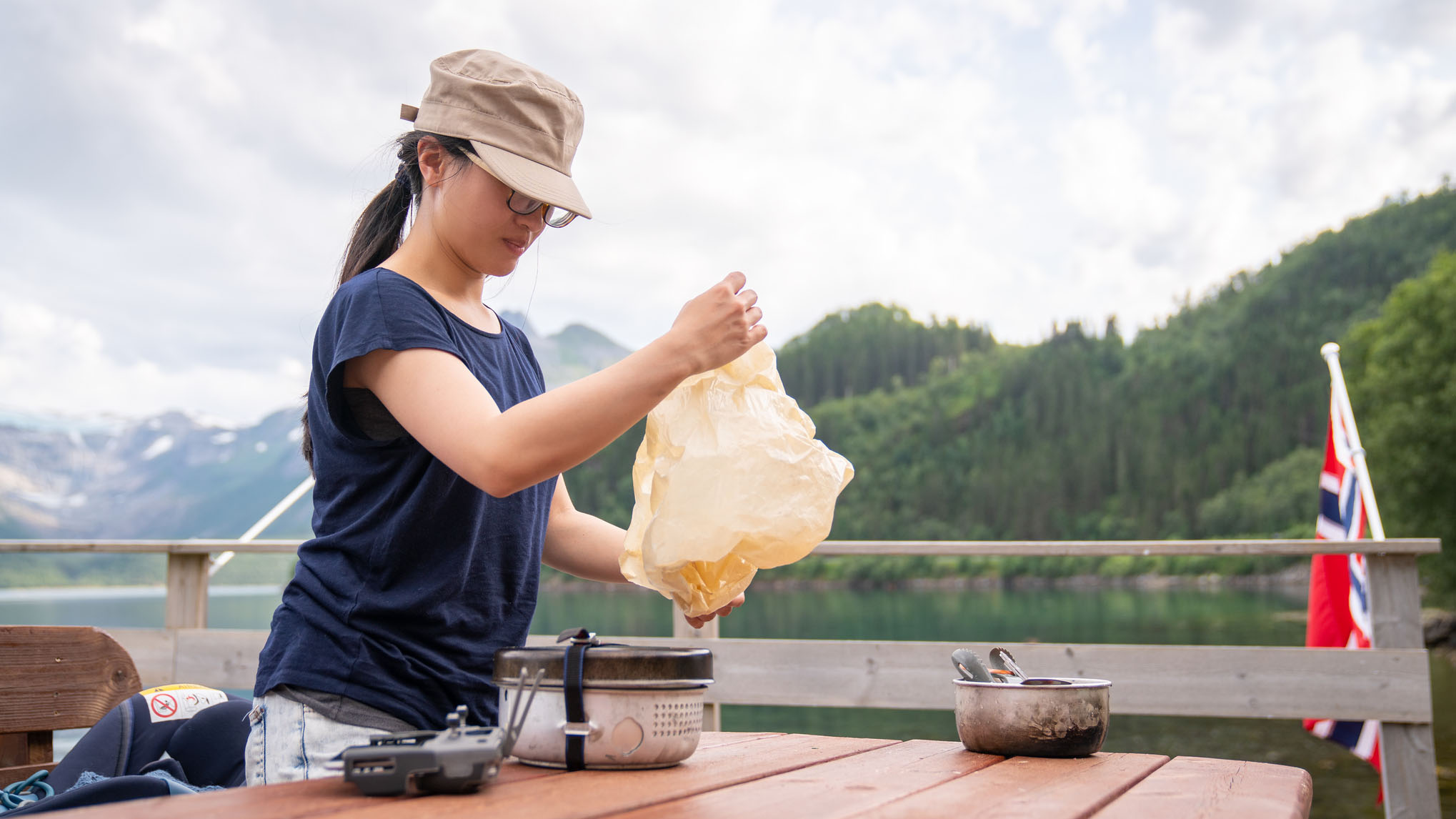
When it comes to how to clean your hiking stove, there’s no one size fits all approach. The best camping stoves come in all styles, shapes and sizes. Backpackers, wild campers and thru hikers value the portability and weight of an integrated hiking stove. These units don’t take too long to clean but their intricate parts require careful attention.
Car campers are likely to value a larger unit, such as a double-burner camping stove, while some prefer the natural alternative represented by the best wood-burning stoves. Whatever kind of stove you use, the principles for cleaning them are broadly the same.
Cleaning on the go
As with anything, cleaning a little and often negates the need for more strenuous cleaning sessions once the grime has become an issue. This is easier for car campers, who can give everything a scrub with warm soapy water when they wash their camping utensils at the end of a meal. Admittedly, for backpackers this isn’t an option, so it’s always worth giving your stove a quick clean before you store it away upon returning from an adventure.
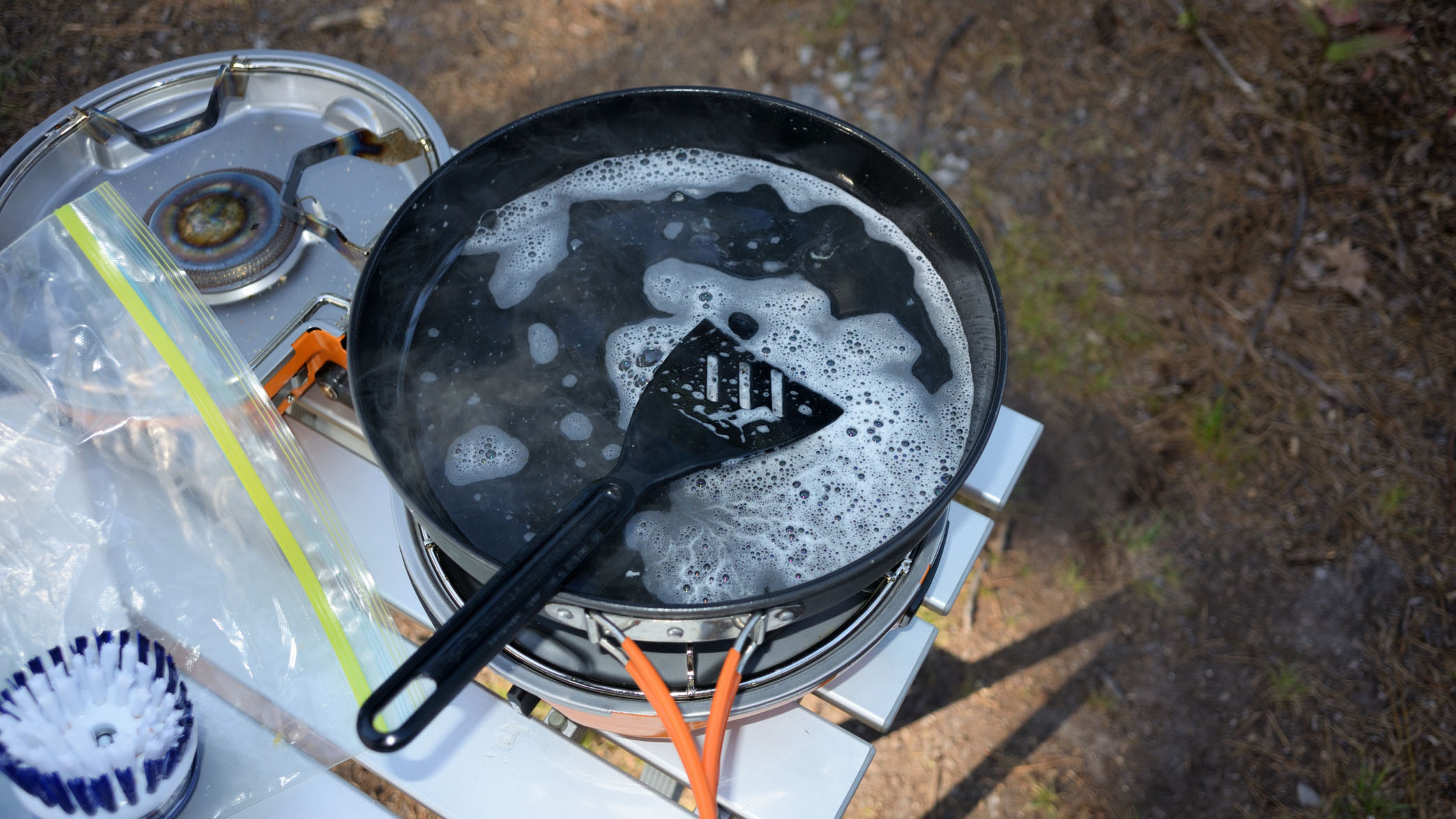
What you'll need to clean your hiking stove
- White vinegar
- Baking soda
- Microfiber cloth
- Sandpaper
- Sponge / cloth
- Old toothbrush
- Paper clip / pin
- Olive oil
If you need to bring out the big guns, a high-pressure hose will eliminate the most stubborn grime, though you may not need to take things this far, unless you’re guilty of leaving your stove unloved for some time.
General cleaning
With larger stoves, you should give the hobs and grill area a quick wipe down after each use, which will suffice in terms of keeping things relatively clean while out on camping vacations and the like. When it comes to a more robust, deep clean, it’s time to start taking everything apart and giving attention to each individual piece of your cooking system. You should aim to do this before putting your camping gear into storage.
All the latest inspiration, tips and guides to help you plan your next Advnture!
How to deep clean your hiking stove
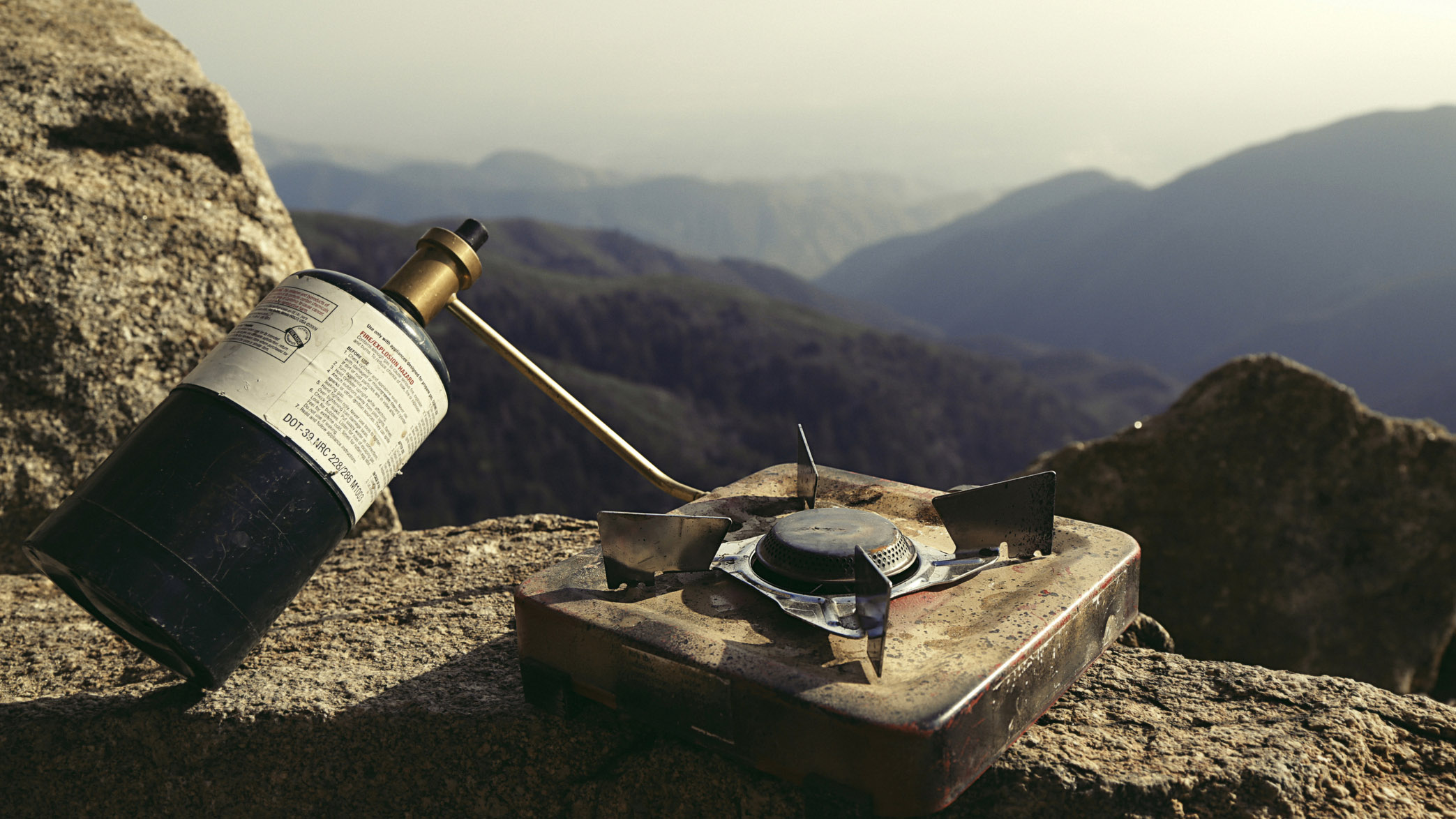
1: Drain or burn the fuel away
Before beginning a deep clean, with some stoves it’s important to drain or burn any fuel away that’s left in the pipes. To do this, make sure the stove’s fuel supply is turned off, leaving just the residual fuel in the line. Then, turn the stove on and light it to burn what was left. Backpacking stoves usually attach directly to a fuel canister, so there’s no need to drain away any fuel.
2: Take the stove apart
To thoroughly clean your stove, you are going to have to take it apart. The grill attachment should lift out and easily clip back in when finished. Remove the screws that hold the burners in place using a screwdriver and lift them off. Your flame control knobs should also pop off quite easily.
3: Deep clean the burners

Maintaining your burners is the most important job when it comes to ensuring your stove continues to give you a consistent and even flame. If the holes get clogged up, you end up with fuel inefficiencies and won’t have an even heat for when you’re cooking up your camping meals.
Having soaked the burners in hot, soapy water and given them a good wipe with a cloth, attack the burner holes with a toothbrush and inspect to check they’re clear. If there’s really stubborn grime, you can use a pinhead or unfold a paper clip and poke it through the holes to clear them. How satisfying.
4: Cleaning stainless steel
To tackle grease and grime on stainless steel, use white vinegar and wipe with a microfiber cloth. This should give you a sparkly clean that’s so dazzling, you’ll need sunglasses while you’re cooking. If the vinegar won’t hack it with the toughest stains, this is where you move to DEFCON 1 and bring in the baking soda. You’ll have probably seen this in high school chemistry anyway, but just in case you haven’t… the chemical reaction between the vinegar and the baking soda should be enough to remove any tough grime.
5: Soak everything else and then scrub
We all know the benefit of leaving things to soak in hot, soapy water. So, before you go at the rest of your stove with all the gusto you can muster, first let water do its thing. Once you’re happy the bonds between the grime and the surface of your stove have weakened, go at them with a sponge and apply some good, old fashioned elbow grease (that means strenuous scrubbing, not necessarily the brand of the same name, for which I cannot vouch). For more intricate pieces, such as your control knobs, whip out your trusty toothbrush once more.
6. Drying your stove
When considering how to clean your hiking stove, water is both friend and foe. In the short term, warm water is a good friend thanks to the way it loosens bonds between dirt and and your stove’s surfaces. However, if left unchecked, it can lead to rust when working alongside its good friend oxygen.
Due to this, it’s vital to thoroughly dry your stove before stashing it away or packing it for your next trip. Keeping your stove in its disassembled state, air dry everything by turning it upside down and ensure nothing is lying where pools of water form, as such pools are friends to rust. Speaking of which…
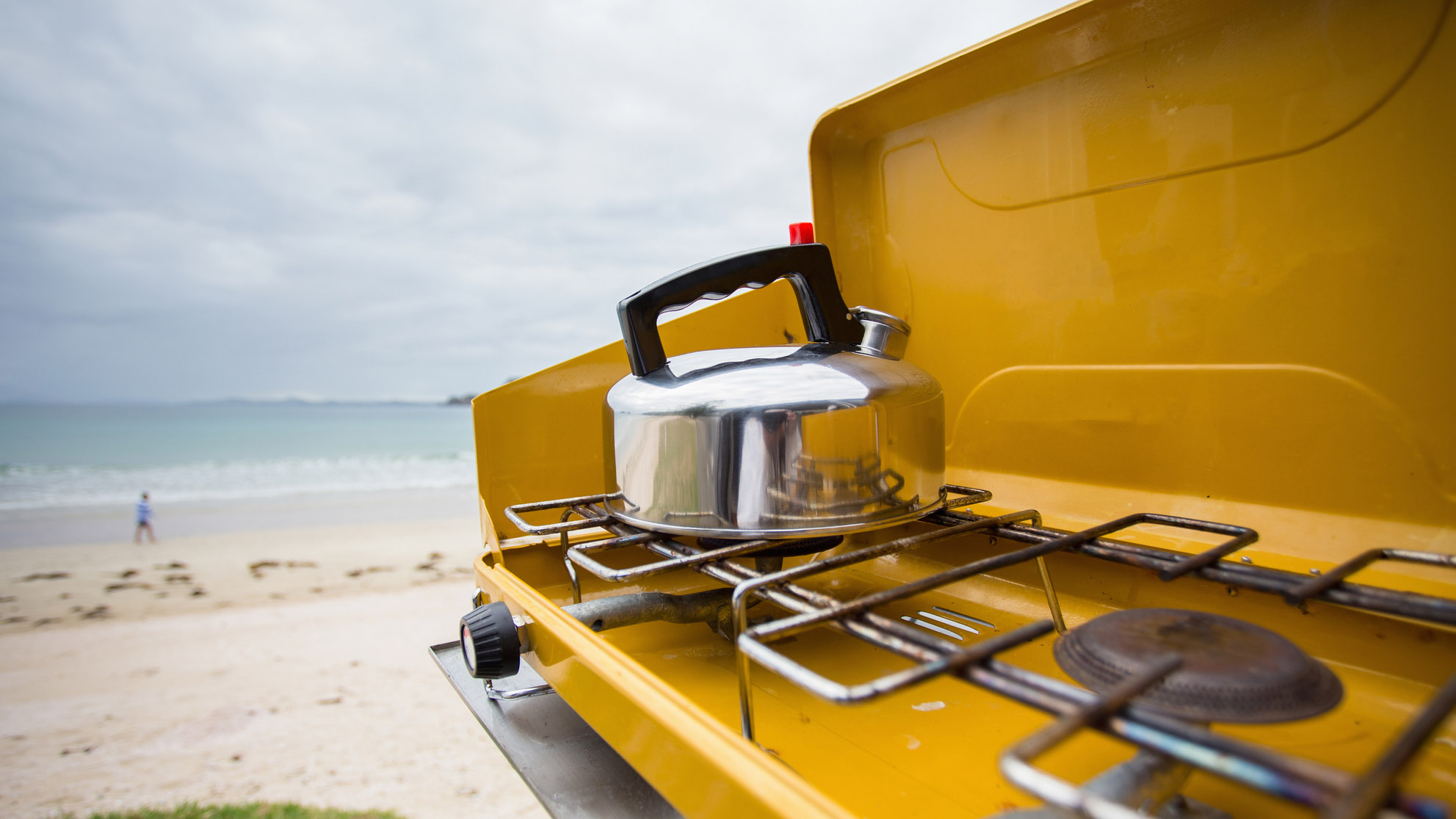
Dealing with rust
Rust is an inevitable but manageable chemical reaction between the iron in your stove and the oxygen and water in the air. If left untreated, it will gradually corrode your stove until it becomes unusable. Salt acts as a catalyst too, helping the reaction that causes rust. So, if you often cooking by the sea, you'll need to check for rust even more frequently. As soon as you spot rust, scrub it vigorously with sandpaper until it has all gone.
To future-proof your stove’s metal, you can coat it with a thin layer of olive oil. This forms a protective shield between the metal and that pesky oxygen and water in the air. Simply take dab a little oil on your cloth and spread it across the surface of the steel, a bit like when you line an oven dish for baking enchiladas and the like.
Alex is a freelance adventure writer and mountain leader with an insatiable passion for the mountains. A Cumbrian born and bred, his native English Lake District has a special place in his heart, though he is at least equally happy in North Wales, the Scottish Highlands or the European Alps. Through his hiking, mountaineering, climbing and trail running adventures, Alex aims to inspire others to get outdoors. He's the former President of the London Mountaineering Club, is training to become a winter mountain leader, looking to finally finish bagging all the Wainwright fells of the Lake District and is always keen to head to the 4,000-meter peaks of the Alps. www.alexfoxfield.com

